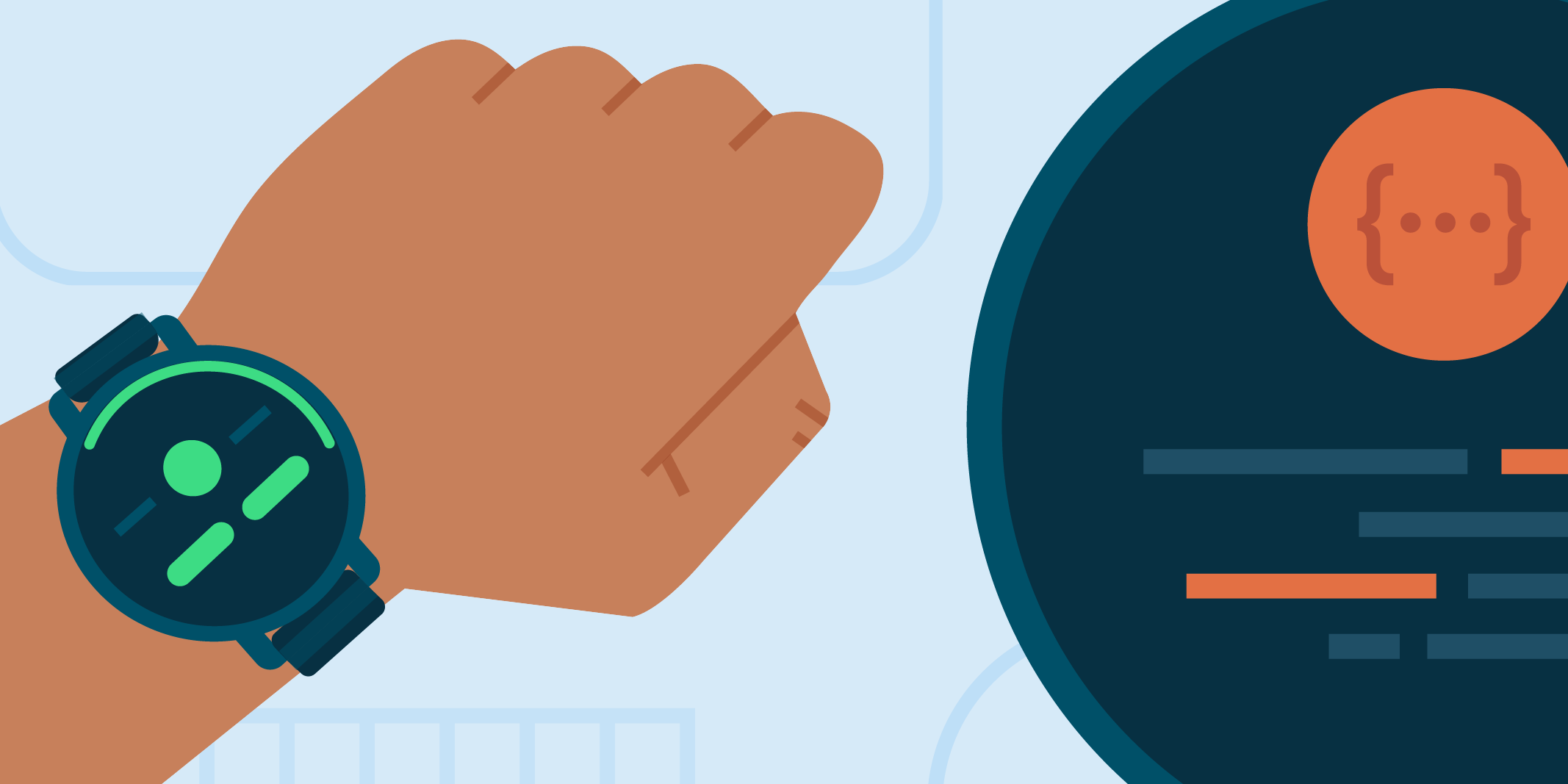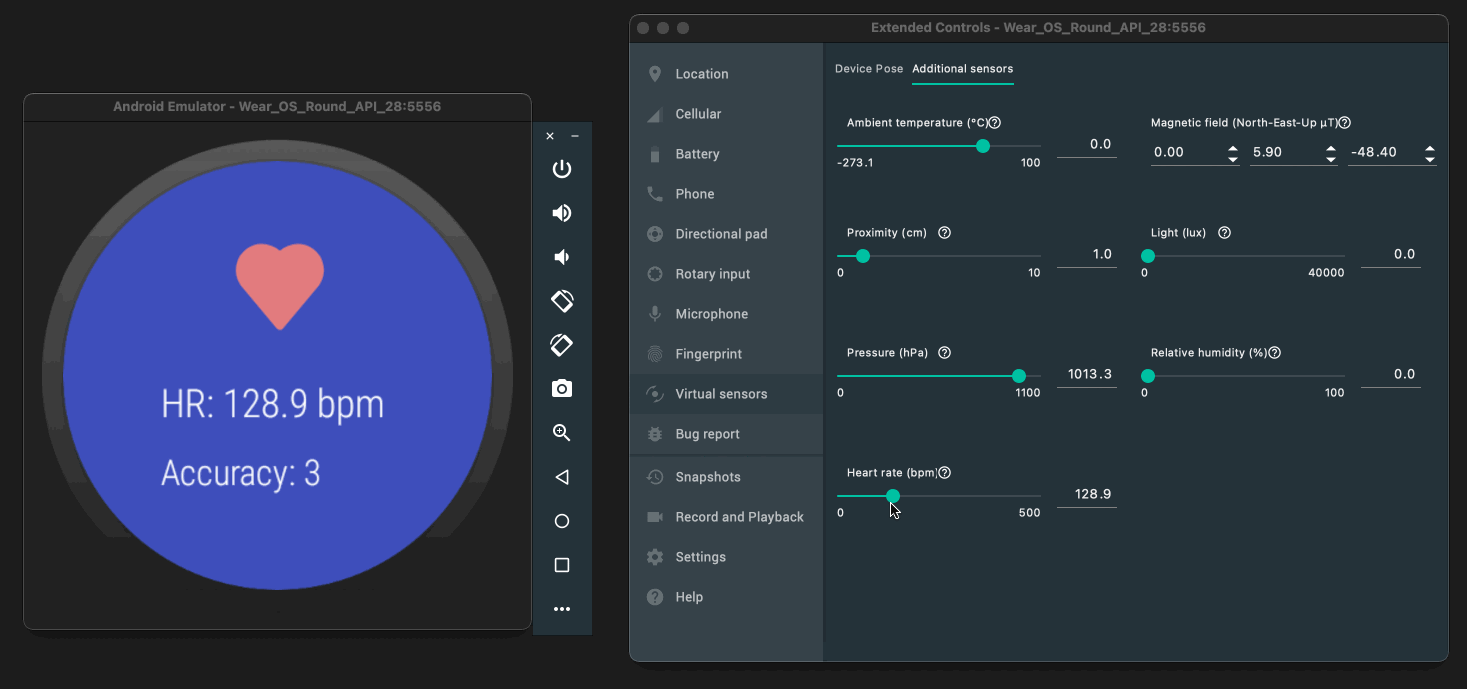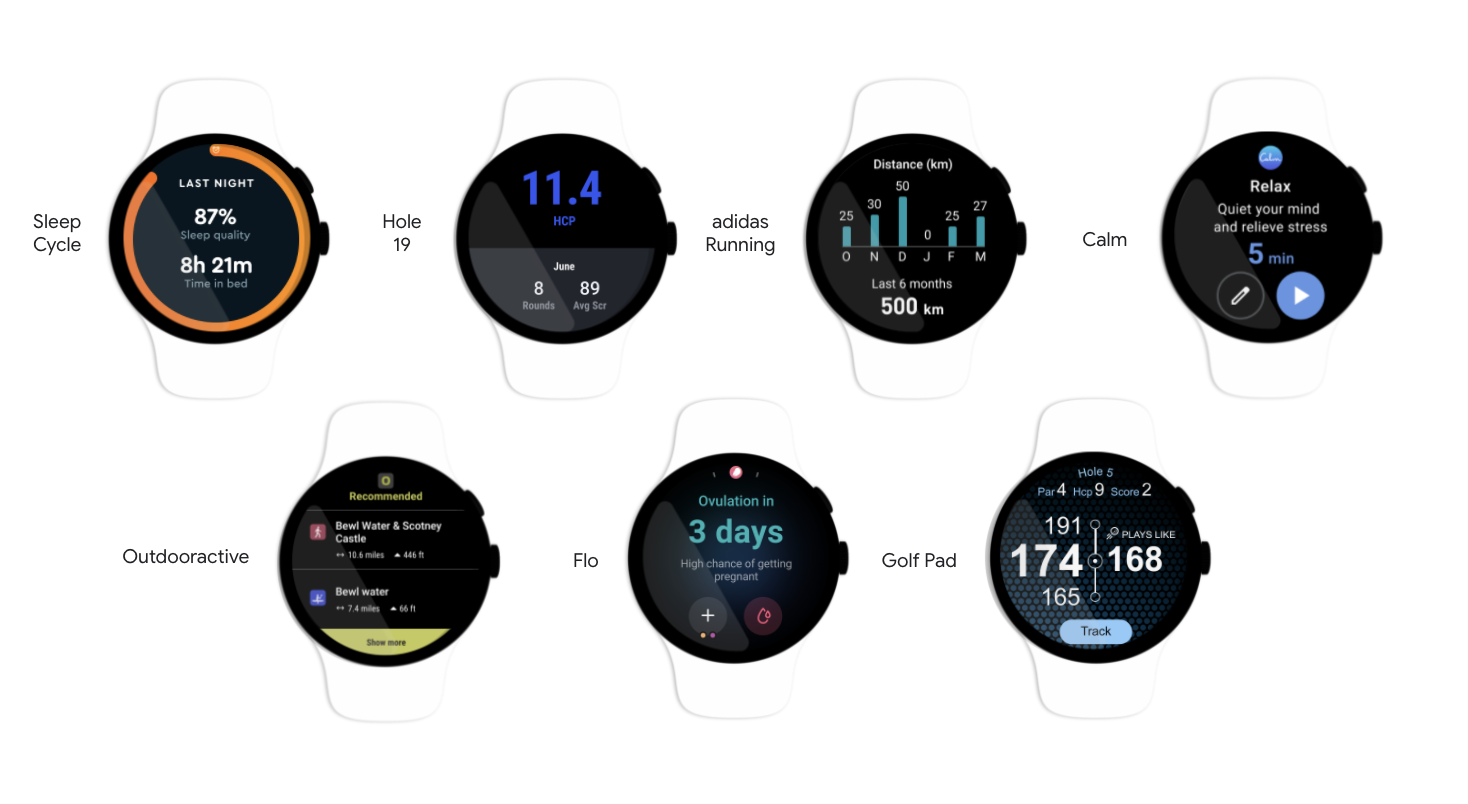Posted by Simon Earnshaw, Group Product Manager

We’re announcing our biggest update yet to the Wear platform, with new features, APIs and tools to help developers create beautiful, high quality wearable experiences. In this blog post we highlight how we’re making it easier to build great apps for Wear, and how you can start working with pre-release versions of these APIs and tools to prepare your app for the new platform.
First things first: tools
The first thing you’ll want to do is download and install Android Studio Arctic Fox Beta, which includes a developer preview of the new Wear system image as well as improved tools for developing and testing Wear apps without a device:
- Emulator with new Wear system image (preview) - A developer preview of the new Wear system image is now available so that you can use and play with the newest platform updates!
- Wear app to phone pairing - We’ve made it much simpler to pair Wear emulators with your phone directly from Android Studio, so you can stay in the IDE to develop, test, and iterate. The new pairing assistant guides you step by step through pairing Wear emulators with physical or virtual phones directly in Android Studio! You can start by going to Device Dropdown > Wear OS emulator pairing assistant. Note that this will currently pair with the Wear OS 2 companion, and a Wear companion for the new release will be coming soon. Learn more.
- Virtual Heart Rate Sensor - The emulator now has a virtual heart rate sensor, including support for the Heart Rate Sensor API, to help you create and test apps that respond differently to activity levels. Make sure you are running at least Android Emulator v30.4.5 downloaded via the Android Studio SDK Manager.

We also announced a new watch face design tool built by Samsung. This new tool will make it a breeze to develop watch faces for all devices running Wear, and is coming soon.
New developer documentation and design guidance
In preparation for the new version of Wear we’ve completely revamped our developer site with new API documentation, learning pathways, codelabs and samples. And with Wear soon to feature a completely new consumer experience based on the latest from Material Design, we’ve updated our design guidelines to cover the new design system, UI components, UX patterns, and styles. Learn more.
New Jetpack APIs
From new Jetpack APIs tailored for small (round or square) screens and designed to optimize battery life to the Jetpack Tiles API, we’re adding a number of new features to help you build great Wear experiences, reduce boilerplate code, and write code that works consistently across Wear versions and devices:
- Tiles - Tiles give users fast, predictable access to the information and actions they rely on most. We’ve now opened up Tiles for developers, and we’ve already been working with several early access partners to add Tiles to their apps. Here are a few coming soon:

The Tiles API is in alpha and supported on devices running Wear OS 2 and up, so you can create Tiles for all the devices in the Wear ecosystem. Tiles will start to show up on consumer watches with the new platform update. Learn more
- Task switching and Ongoing Activities - The new version of Wear makes it easy for users to switch back and forth between apps. With a minimal amount of code, you can use the new Ongoing Activities API to let your users return to your app after they’ve navigated away (to start some other task such as music playback) by tapping an activity indicator icon at the bottom of the watch face, double tapping on the the side button, or via the Recents section of the global app launcher. The Ongoing Activities API is now in alpha. Learn more.

- Health Services - We also announced today the beginning of a health and fitness platform, created in collaboration with Samsung. This platform provides fitness and health data generated from sensors, contextually-aware algorithms, and all-day health monitoring. You can use the APIs to create high quality, powerful fitness and health experiences for wearables with a simpler development experience. The platform handles all the work to manage your hardware and sensors for you, removing one of the biggest challenges in managing it yourself - knowing when to stop work so the battery doesn't drain. The alpha of this Health Services platform is available today. Learn more.
- Other new APIs - We’ve released several other new APIs in Jetpack to make wearable app development easier, including support for curved text, input, watch faces, complications and remote interactions. You can learn more about these APIs here.
Google Play Store changes
We know that user engagement and discovery of an app is an important part of growing your business, so big updates coming to Google Play will soon make it much easier for users to discover great app experiences on the watch, including using search to easily find apps for the watch, look at the Wear category for app recommendations, and install apps to the watch directly from the phone.
Learn more
We’re excited for the next generation of Wear. To learn more about developing apps for smartwatches, see d.android.com/wear. We’re excited to see what you build!